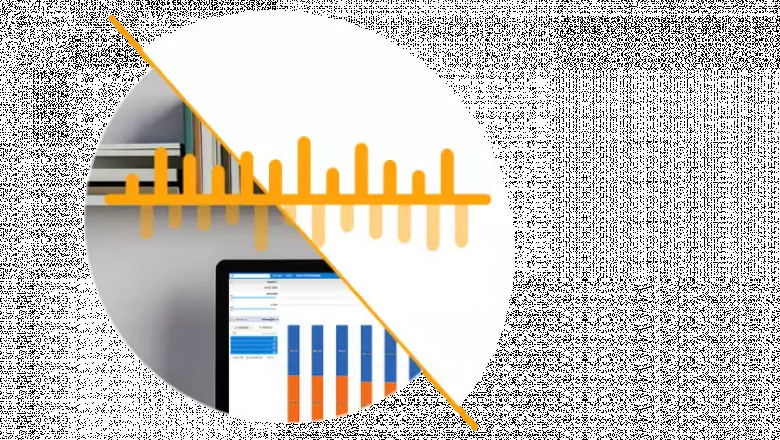views

In the realm of data visualization, a scatter chart proves to be a powerful tool for analyzing and understanding complex data relationships. Whether it's for business presentations or statistical analysis, the utilization of a scatter chart can turn a daunting array of figures into a comprehensible and insightful visual reading. In this article, we will delve into the fundamental aspects of scatter charts and even learn how to make a scatter chart.
A scatter chart, also referred to as a scatter graph or a scatter plot, is a type of chart that utilizes Cartesian coordinates to display values of typically two variables for a set of data. The data points are plotted as markers in the coordinate system, which are then interpreted based on their position relative to the horizontal and vertical axes. The uniqueness of the chart lies in its ability to illustrate relationships between two numeric variables.
The horizontal axis is referred to as the 'x-axis', and the vertical axis as the 'y-axis'. ,'ch value in the data set becomes a po.'t in the plot endowed with a pair of coordinates (x, y). Where these axes meet, the point (0,0) is called the origin. This intuitive visualization allows users to discern patterns or trends and even identify outliers in the data.
Scatter charts are particularly effective when data is heterogeneous or when there are more than a few dozen data points. They serve as a valuable aid in detecting and slightly modeling the relationship between two numerical variables. The effectiveness and versatility of this tool are what make it a staple in the field of data visualization.
Importance of Scatter Charts in Data Analysis
Scatter charts play a significant role in the sphere of data analysis. One of the primary uses of scatter charts is to observe and exhibit relationships between different types of data. By observing how data points cluster together or spread apart, analysts can establish a relationship or correlation between the two variables. The spread of points can indicate whether the variables have a weak or strong relationship, quantify the strength of the relationship, or even highlight the absence of any correlation.
Scatter charts also provide a visual means to spot outliers. Outliers are individual values that fall outside the overall pattern of a data set. Often, these outliers can dramatically influence the results of data analysis and statistical modeling. Therefore, being able to detect and adequately deal with outliers is a crucial skill in data analysis.
Lastly, scatter charts enable analysts to identify trends in data. By plotting historical data, analysts can observe if a pattern or trend emerges over time. This information can serve as a foundation for making predictions about future data or for establishing cause-and-effect relationships between variables.
Constructing a Scatter Chart
Once all the points have been plotted, observe the pattern they form. If there seems to be a clear trend, you may wish to draw a line of best fit, also known as a trend line, to assist in interpretation. This line approximates the relationship between the variables and helps visually depict trends in the data.
Remember to label your axes with the appropriate variable names and include a title for your scatter chart. This ensures that whoever is looking at the chart can easily understand what it represents. Also, when there are numerous data points, consider using different colors, sizes, or shapes to differentiate between them.
Altogether, scatter charts serve as a versatile and powerful tool in the domain of data visualization. The successful construction and interpretation of a scatter chart require practice and a good understanding of its underlying principles. Once mastered, you will find this tool invaluable in representing and interpreting complex data relationships with ease. Insights garnered from well-constructed scatter plots can help with data-driven decision-making and improve overall operations.












